 "The sudden appearance of an Australian school of painting is one of these blessed events which help free the arts from the grip of historical determinism. We now take it almost for granted. But less then fifteen years ago, when I told my friends in England that Australia was about to add something entirely fresh to contemporary painting, they thought I was out of my mind. And when they asked me to account for it, of course I couldn't. I could only mumble something about the light, and the dead white trees and the feeling of an Australian myth.
"The sudden appearance of an Australian school of painting is one of these blessed events which help free the arts from the grip of historical determinism. We now take it almost for granted. But less then fifteen years ago, when I told my friends in England that Australia was about to add something entirely fresh to contemporary painting, they thought I was out of my mind. And when they asked me to account for it, of course I couldn't. I could only mumble something about the light, and the dead white trees and the feeling of an Australian myth.Unlike other remote landscapes in the new worlds, Australia makes one want to paint. But what a long time it took before anyone could paint it as it is, and not like an aerated Daubigny. There are some beautiful green valleys in Australia, but they don't go far; and as long as they were the subject of Australian painting, it didn't go far either. But when painters began to look at the harsh, lonely, inhospitable substance of their country, they could relate it to the heroic qualities of their people. The heroes of the sagas and ancient epics are harsher, more cunning and less sentimental than the heroes of the Westerns; and the un-glossy Western of Australian history became a myth while some of the survivors were still alive. So in Australian landscape painting, as in all great landscape painting, the scenery is not painted for its own sake, but as the background of a legend and a reflection of human values." Kenneth Clark, foreword, Recent Australian Painting, Whitechapel Gallery, London, June-July 1961. Funny then, that it took Westerners till '61 to figure out how to paint the country, and that 38,000 years before man set foot in North America, and 48,000 years before European man seemed human, Aborigines moved into terra australis and introduced their own truly unique painterly works.


































.jpg)






















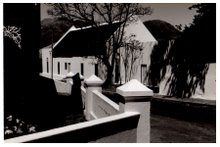

















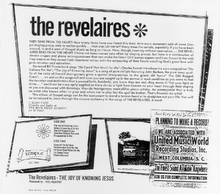







.jpg)















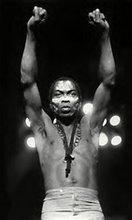



































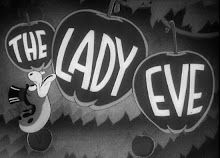




















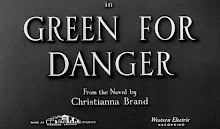








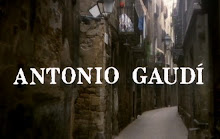









.jpg)




.jpg)



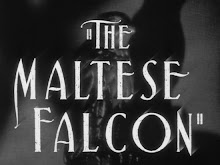




No comments:
Post a Comment